The Flavors of DevOps
DevOps deployments provides compelling advantages in agility. The key to a successful deployment depends on the approach of DevOps you choose.
It’s tempting for traditional companies to look toward DevOps as a method for improving agility, however, almost like the private / public cloud argument, the DevOps is not about technical capability. Successful DevOps is an organizational challenge.
We have divided DevOps into three categories:
- Developer-driven.
- Operations-driven.
- Platform 2.5 type of environment.
1: Developer-driven DevOps:
A developer-driven operation is the DevOps example that gets the maximum attention. It is also referred as infrastructure as code. As a technology-focused organization, Netflix is the best example of a DevOps culture. The application developer holds the infrastructure more specifically, the management plane of the application dictates the infrastructure.
Applications are designed to continue executing even if the underlying infrastructure fails. If a virtual machine hosting an application frontend fails, the management plane of the application just starts another instance. If the object-store hosting the configuration state of the application fails, the application management plane swaps to a redundant data source.
Infrastructure-dependent development:
In legacy infrastructures, developers are clients of the infrastructure team. Infrastructure teams provide highly available infrastructures that developers code applications that ignore the underlying infrastructure. Instead of creating an infrastructure control plane inside the application, developers code in the individual operating system (OS). The infrastructure team ensures that operating system relies on highly resilient infrastructure. Application availability depends upon highly redundant infrastructure managed by the infrastructure group.
The gap in application design approaches reveal the challenge of moving to a developer-driven model of DevOps. Now a days, the huge majority of enterprise applications are designed for traditional infrastructures. There are minimum application requirements for developer-driven DevOps in the traditional enterprise. There are even less developers that understand infrastructure well enough to deploy an application that controls a greenfield infrastructure.
2: Operations-driven DevOps:
An operations-driven model of DevOps is the infrastructure that acquires development tools to manage the infrastructure. Traditional operation teams adopt development skills and implement automation / configuration management tools such as Puppet, Chef, and Ansible. Sample use cases for these tools have management configuration of networks and automating server builds.
While this is a drastic improvement over manually configuring the infrastructure, it’s a far cry from the developer-driven infrastructure that powers Netflix. The operations teams take charge of a developer mindset and as a result better understands the development mindset. However, the goal is the elimination of limits between an idea and execution. Operations-driven DevOps doesn’t usually eradicate the barrier between the developer and the infrastructure.
3: Platform 2.5 environment:
While looking at DevOps, the objective is to improve agility. An approach that has been getting momentum is a Platform 2.5 type of environment. From a technology perspective, this can be data centers segmenting a section of the infrastructure that enables developer-driven DevOps. From a practical perspective, this can be as simple as giving developers infrastructures based on Docker containers, developers can use the Docker APIs to develop and manage applications. Developers can build Platform 3.0 applications that hold a subset of the infrastructure. Ultimately, the infrastructure team hold the underlying infrastructure.
Some of the challenges with this type of environment are ensuring capacity management of the underlying infrastructure and performance monitoring and troubleshooting. Additionally, it’s a safe environment to experiment with an updated operating model. As companies work their way through operating issues, the lines between companies begin to blur. For those desiring a developer-focused and driven infrastructure, it’s a way forward without disturbing existing operations.
Conclusion:
We have yet to see a large non-tech focused enterprise transform their whole operations to a developer-driven infrastructure. We still question if it’s the right operating model. While Netflix has proved that it can organize its infrastructure at scale using the method, we don’t know if there’s enough talent in the industry to sustain this model.
Clarity is proud to have been providing one premises and DevOps consultancy Services to the America’s and the world since 2006. Our clients are worldwide and currently using our unified communications platform. Clarity Technologies Group, LLC surpasses expectations.


Call Clarity at 800-354-4160 today or email us at [email protected]. We are partnered internationally around the globe and we are open seven days a week 8:30 AM to 5:00 PM EST/EDT. http://45.33.92.219 and https://dotmantech.com.
[mc4wp_form id=”314″]

